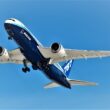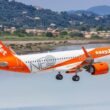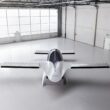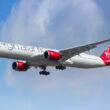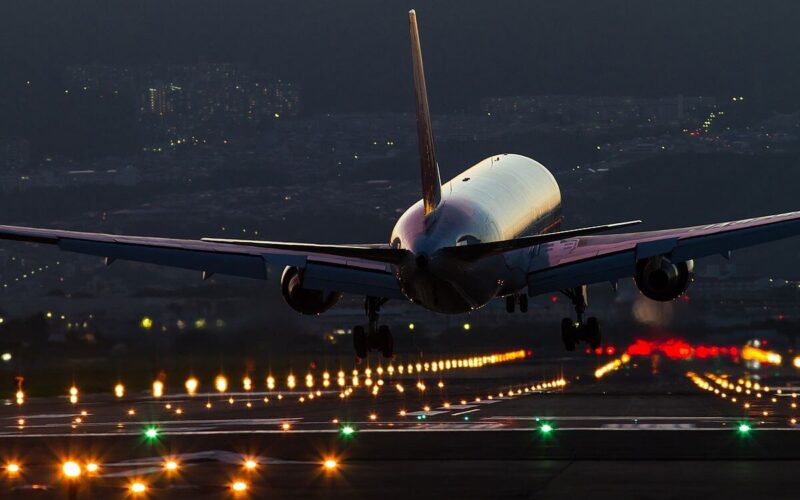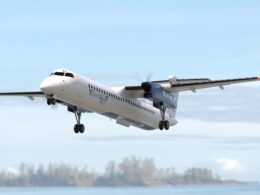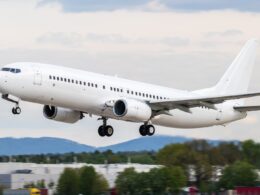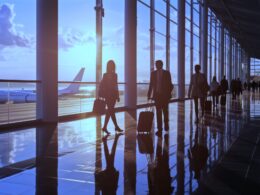The European Aviation Safety Agency released the results of a study entitled “Effectiveness of Flight Time Limitation (FTL)”. Based on the practices of 24 airlines, it showed that European pilots were subject to high levels of fatigue.
Commissioned in 2013, the study based on the practices of 24 airlines showed that night flights and “disruptive schedules” lead to very high fatigue in the flight crew. It reveals the major shortcomings of flight time limitations (FTL), the rules governing the duration of flights, service time and pilot rest for night flights and disruptive schedules.
European rules allow flight times from 11am – and until 12.45pm for a late afternoon departure – without a break, but with the need to be awake and alert throughout the flight. But the study showed that night flights, regardless of their length, cause excessive fatigue to the crew. Night duties longer than 10 hours were qualified as particularly stressful : “the results of this phase highlight that prescriptive limits alone are not sufficient to prevent high fatigue during night flights.”
The report then points at “disruptive schedules”, mainly short and medium-haul operations, that start early in the morning or end late at night. Those two types of flights are believed to disturb the biological clock of pilots and increase risks of sleepiness during flights.
Two pilots unions reacted to the results of the survey: the ECA (European Cockpit Association) and the SNPL, Air France’s main union. According to them, the result of the study “is no surprise to the thousands of pilots who fly such schedules day in, day out,” citing a 2016 survey conducted by the London School of Economics (LSE) which stated that half of the airline pilots reported levels of fatigue that could compromise passenger safety. They call for an “immediate revision of the European rules on flight time limitations.”
While pilot fatigue has been identified as a risk years ago, not much has changed to prevent it, according to Gitte Furdal Damm, CRM Instructor and owner of About Human Factors. “Maybe fatigue needs to seen in a different light, flip the coin,” says Gitte. As the problem has already been addressed through fatigue risk management programs, fatigue reporting, and CRM training, she thinks that fatigue prevention should now be placed in the hands of the organisation. “It´s in the organisation that the changes origins and in the organisation that the responsibility for the conditions preventing fatigue lies, not with the crew members.”
On March 19, 2019, Portuguese Office of Prevention and Investigation of Accidents with Aircraft and Railroad Accidents (GPIAAF) ruled out that fatigue was a contributing factor in an incident, which saw a TAP ATR-72 bouncing off the runway four times before coming to a stop at Lisbon airport.
According to the US Office of Transportation Safety, fatigue is implicated in 20% of its investigations.
In the beginning of July 2017, an Air Canada Airbus A320 operating flight ACA759 had a near-miss incident at San Francisco airport, when it started landing at the wrong pathway, where four other airplanes were queuing for take-off. The final report of the United States National Transportation Safety Board (NTSB) released on September 25, 2018, stated that what could have been “the worst aviation accident in history” was due to signs of fatigue shown by the captain. The NTSB called for a change of regulation by Transport Canada.

